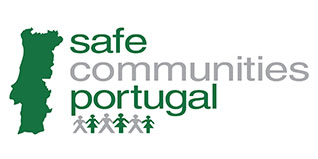Very recently we learned of a new massive phishing attack targeting clients of several Portuguese banks. The request is for personal information and the recipient is requested to fill in a form which is either an attachment or a link.
There are several types of financial fraud, one of the most recurrent is sending emails, from an unknown entity with clear intentions that are fraudulent, impersonating a credit institution.
Traditionally, these emails induce the consumer / receiver using a link directing you to a web page, which is similar to the bank, but in reality is nothing more than a fake page.
On this page the bank customer is requested to enter or confirm sensitive information such as personal data, passwords, bank account numbers, coordinates of the matrix card and other confidential information, usually with the argument that it is necessary to regulate / update the data.
Subsequently these data are used by the fraudsters to make transfers or purchases on behalf of bank customers.
It is not the procedure of banks to ask customers to submit personal data by email. Banks use increasingly sophisticated forms of validation in their own websites.
Advice is as follows:
Protect your computer with antivirus, antispyware and firewall active;
- Not open and delete any messages received from unknown origin and / or doubtful. For questions about its origin, open the window and type the full address of the site without clicking on the link provided;
- Always use for transactions website address begins with HTPPS, since the “s” stands for safety;
- Never give out passwords or all codes from your coordinates card in your online banking service, NIB or other personal data;
- Please note the language used in email because usually the ones that are fraudulent have language and grammar mistakes.
